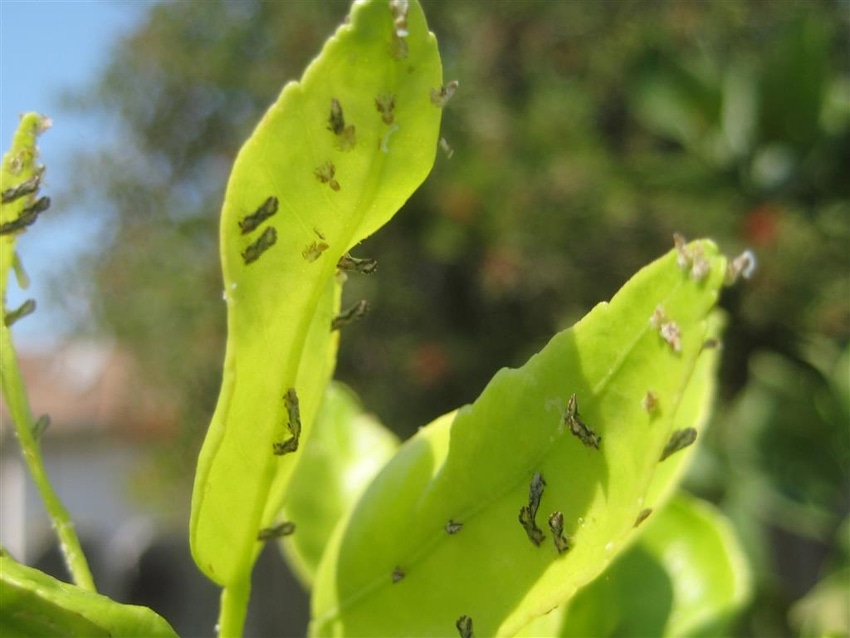
Two new finds of Huanglongbing (HLB) in California's San Gabriel Valley near Los Angeles brings to about two dozen the number of diseased citrus trees confirmed and removed by state officials since citrus the citrus malady was first discovered in 2012.
The first find was in Hacienda Heights, a suburb east of Los Angeles. In 2015, an explosion of positive tests for HLB were made in nearby San Gabriel, a few miles north of Hacienda Heights in the L.A. area.
The latest finds – one in San Gabriel and a second in Hacienda Heights - was confirmed by the California Department of Food and Agriculture through sampling of suspected plant materials.
Officials have focused on areas within the San Gabriel Valley that seems to be a hot-spot for the disease. Other southern California locations continue to be sampled as well.
HLB is a bacterial disease spread by the Asian citrus psyllid (ACP), a tiny winged bug about the size of a gnat. The invasive pest, which has spread across all commercial citrus regions in the United States, feeds on infected plant material then spreads the disease to other plant materials, much in the same way mosquitos vector diseases to humans.
Also known as “citrus greening disease,” HLB renders citrus fruit inedible, though it is not known to be a human health risk, according to state officials.
The disease is fatal to citrus trees. It shortens the life of the tree, causing misshapen, bitter fruit. There is no known cure for the disease.
ACP is widespread in southern California and has spread northward to the Bay Area.
To date, the disease has spread among citrus trees in residential settings and has not yet been found in commercial citrus within California.
Commercial growers should be vigilant for the pest in their groves and follow university-prescribed protocols for treatment and strict state and federal quarantine rules.
Several citrus grower meetings on HLB and ACP will be held in California in the next few weeks. Growers are urged to attend at least one meetings. Meeting notices are posted on Western Farm Press’ online calendar of events.
About the Author(s)
You May Also Like






